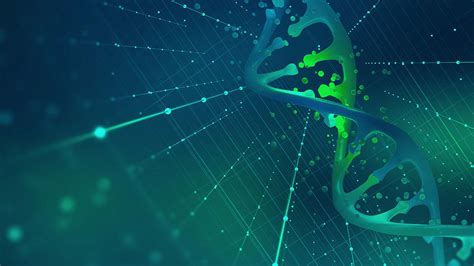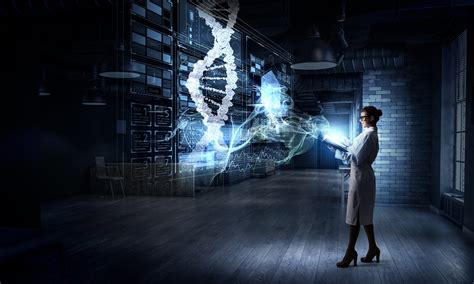It is known that deoxyribonucleic acid (DNA) stores our genetic information. However, a growing number of scientists and future scientists are seeing the potential of DNA to store non-genetic information.
DNA:
DNA is found in cells in the human body. Maintains biological details, such as eye color, hair color and skin tone. The genetic information contained in DNA acts as a framework for each cell to perform its functions. Thus, DNA actually ‘organizes’ the human body.
How to Storage Non-Genetic Information in DNA:
Our information technology infrastructure is based on data storage in bits (made up of two digits: 0s and 1s), and DNA data is stored on four core unit cables.
For example:
Bits (1001100111)
DNA sequencing (AGTCATGAC)
Therefore, to store non-genetic information in DNA, we must first translate binary data from bits to a four-unit (AGCT) structure of DNA data. Scientists have successfully reprinted information on synthetic DNA.

Artificial DNA is similar to real DNA, but it was created from scratch by scientists. The information stored in synthetic DNA is stored in test tubes, and it is not attached to any living organism.
Benefits of Synthetic DNA Data Storage:
There are several benefits to DNA data processing. DNA has a long life ,approx thousands of years, and data on traditional hard drives can be damaged or damaged within 30 years. Due to the efficiency of DNA storage, the storage capacity of DNA is enormous: one gram of synthetic DNA can store more than 215 petabytes of data!
Issues of Synthetic DNA Data Storage:
Major issues with DNA storage include invalid costs and access time. While it is currently very expensive to store data in the form of DNA, this cost can be expected to decrease as soon as technology emerges. It takes so many hours to insert and extract data from DNA, making it inactive in many real-time applications. Scientists are working to reduce this access time.
